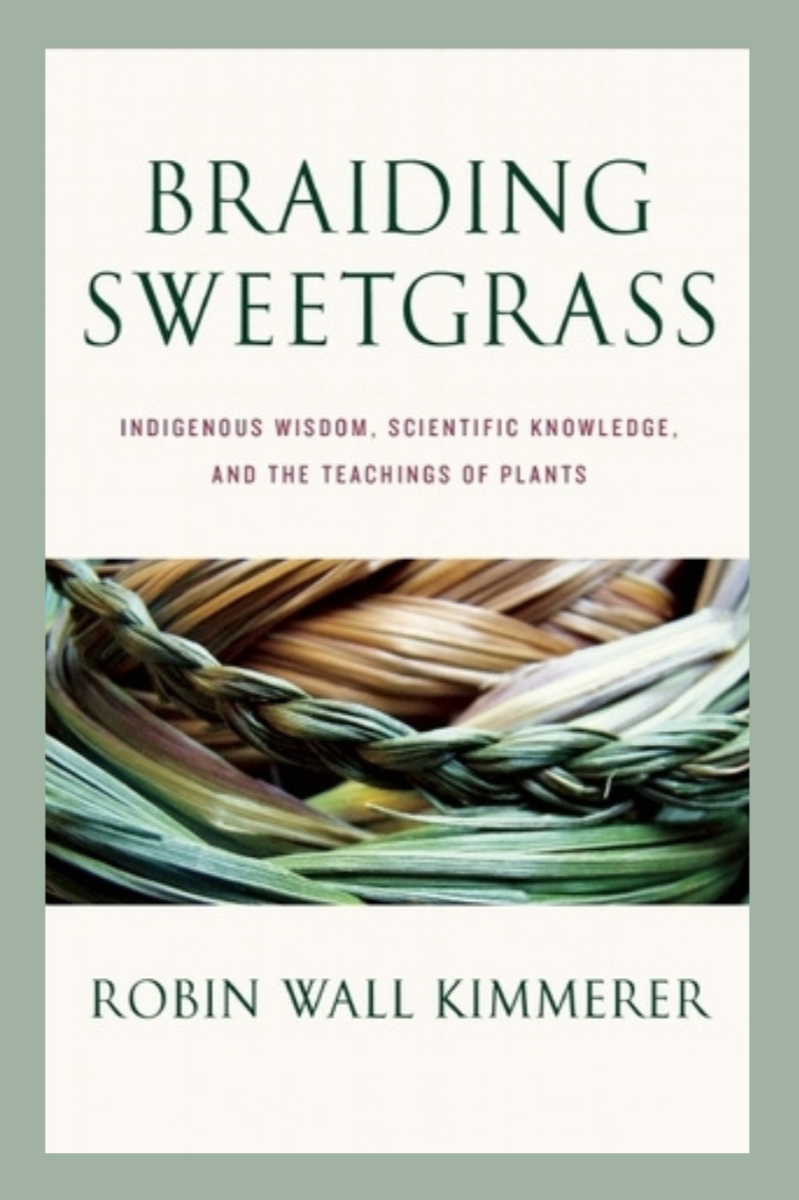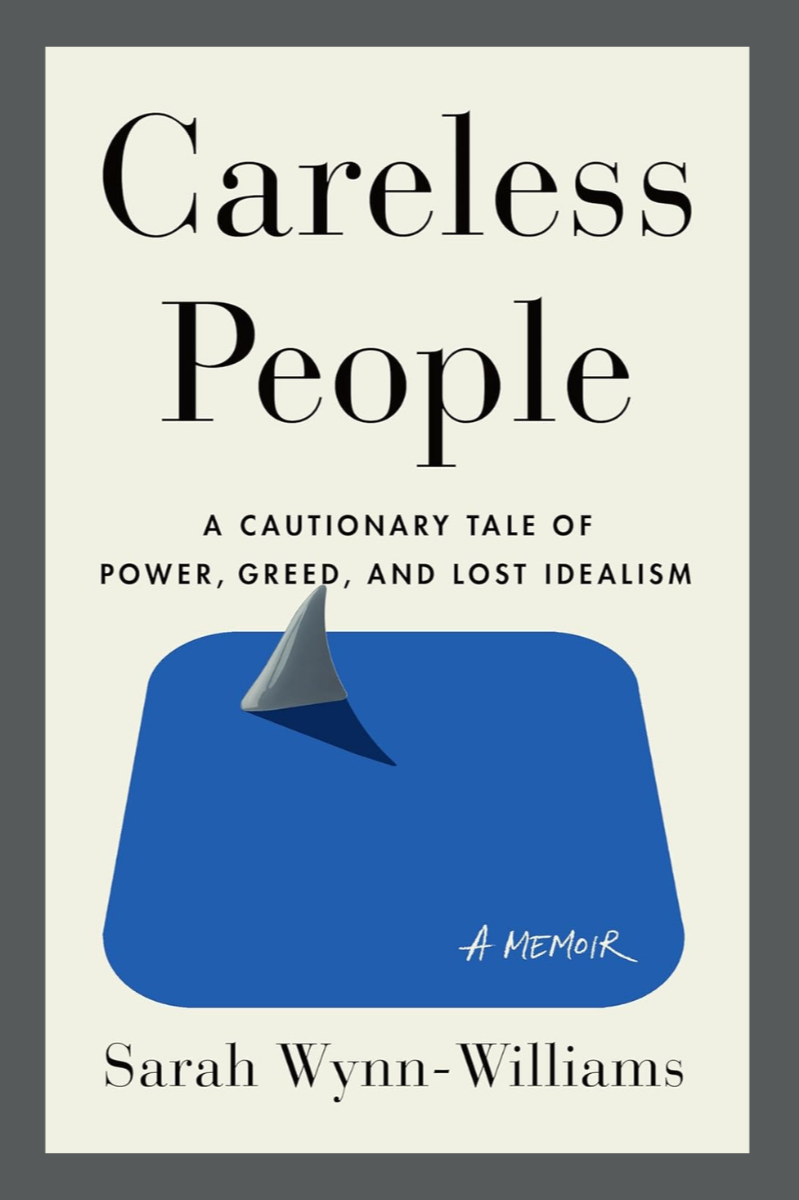A mass shooting ties three women together, but despite the emotional setup, “No Hiding in Boise” struggles to go beyond surface-level grief and melodrama. Well-structured, but not all that memorable.
All in Audiobook
Heartwood – Amity Gaige
“Heartwood” isn’t the best book I’ve read this year, but it’s among the most gripping. Perfect for readers who want substance and momentum, or book clubs looking for both literary depth and genuine suspense.
Between Two Kingdoms: A Memoir of a Life Interrupted – Suleika Jaouad
This is a hard book beautifully written, and one I’m glad I read. It reminds you that the line between health and sickness, between the life you planned and the one you get, is thinner than we like to believe.
Braiding Sweetgrass: Indigenous Wisdom, Scientific Knowledge and the Teachings of Plants – Robin Wall Kimmerer
It’s a dense book – beautifully written, but the kind of writing that demands you be fully present. I couldn’t listen for more than about 45 minutes before my mind drifted, not because the content was dull, but because it’s a lot to absorb.
Careless People: A Cautionary Tale of Power, Greed and Lost Idealism – Sarah Wynn-Williams
A juicy, unflinching memoir from a former Facebook exec exposing toxic leadership, global consequences and the cost of unchecked idealism in Big Tech.
Bog Queen – Anna North
Anna North’s latest blends murder mystery, myth and environmental tension into something that’s part archaeological thriller and part exploration of land and legacy. It’s beautifully written but also oddly paced, making it a story that feels both historic and contemporary, though not always cohesive.
If the Dead Belong Here – Carson Faust
A haunting but uneven gothic debut where grief, Indigenous folklore, and family trauma intertwine—ambitious, atmospheric, and ultimately exhausting.
The Buffalo Hunter Hunter – Stephen Graham Jones
A haunting, Indigenous twist on the vampire myth, “The Buffalo Hunter Hunter” blends frontier realities, vengeance and grief into a brutal, beautifully written horror story.
Lonesome Dove – Larry McMurtry
Larry McMurtry’s Pulitzer Prize–winning novel “Lonesome Dove” turned 40 this year, and it’s easy to see why it still resonates. On the surface it’s about a cattle drive from Texas to Montana, but beneath the gunfights and frontier myth-making, it’s really about fidelity, friendship and the cost of dreams.
A Child Alone With Strangers – Philip Fracassi
This is a sprawling, character-driven horror novel mixes crime, grief and the supernatural, but at nearly 600-pages, the pacing often drags. Still, the depth of character and atmosphere kept me engaged.
Your Favorite Scary Movie: How the Scream Films Rewrote the Rules of Horror – Ashley Cullins
This is not for casual viewers—it’s for fans who can still quote Randy’s rules and know the opening kitchen scene beat for beat. Cullins validates that obsession and proves “Scream” didn’t just terrify—it truly rewrote the rules of horror.
Lucky Day – Chuck Tingle
Chuck Tingle’s “Lucky Day” blends gore, grief and cultural critique into absurdist horror that’s unsettling, chaotic and surprisingly moving.
Middle of the Night – Riley Sager
The ’90s flashbacks pop with life, but the present-day story plods along with frustrating choices and contrived reveals. Nostalgic and eerie in spots, yet ultimately feels phoned in.
It's Not the End of the World – Jonathan Parks-Ramage
While not a modern masterpiece, it is an audacious, bloody and often grimly funny ride that pairs the bourgeois nihilism of Bret Easton Ellis with the horror of Stephen King and the commentary of Octavia E. Butler and Margaret Atwood.
The House of Special Purpose – John Boyne
Set against the fall of Imperial Russia, the aftermath of revolution and the emotional cost of survival, this character-driven story explores love, identity, grief and the burden of secrets carried across generations.
Hiroshima: The Last Witnesses – M.G. Sheftall
A harrowing, deeply human account of the Hiroshima bombing told through the voices of survivors. M.G. Sheftall dismantles sanitized narratives and explores the lasting cultural, emotional and moral impact of August 6, 1945.
We’ll Prescribe You a Cat – Syou Ishida
A charming premise wears thin in this whimsical novel about a Kyoto clinic that prescribes cats for emotional healing. Sweet but repetitive, with a standout first story and a touching finale.
The Grapes of Wrath – John Steinbeck
A powerful, slow-burning portrait of Dust Bowl-era migration, “The Grapes of Wrath” explores poverty, resilience and injustice through the Joad family’s harrowing journey from Oklahoma to California. John Steinbeck’s writing is dense but rewarding, culminating in one of literature’s most haunting final scenes. A brutal yet brilliant American classic.
The Snow Child – Eowyn Ivey
I struggled with how the novel “tames” Faina. Though she’s not Indigenous, the parallels to forced assimilation are hard to miss, and Ivey doesn’t quite engage with that. Faina is wild and otherworldly, and the story asks her to shrink herself in exchange for love and belonging. In the end, her freedom costs her everything, and I’m not sure it had to.
The Bees – Laline Paull
High-concept fiction always walks a fine line between bold and baffling, but “The Bees” topples into the latter. If you like your dystopias with a side of entomological fever dream, by all means. Otherwise, buzz past it.



















